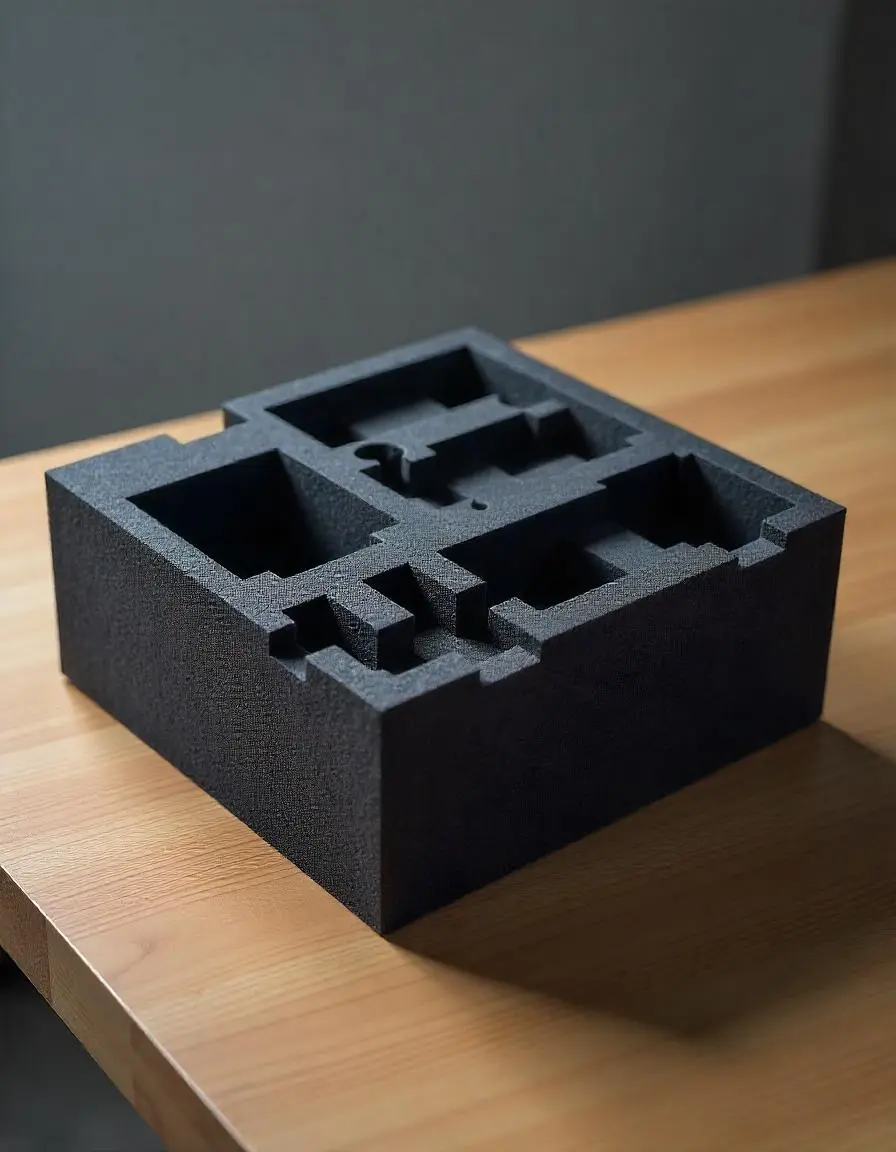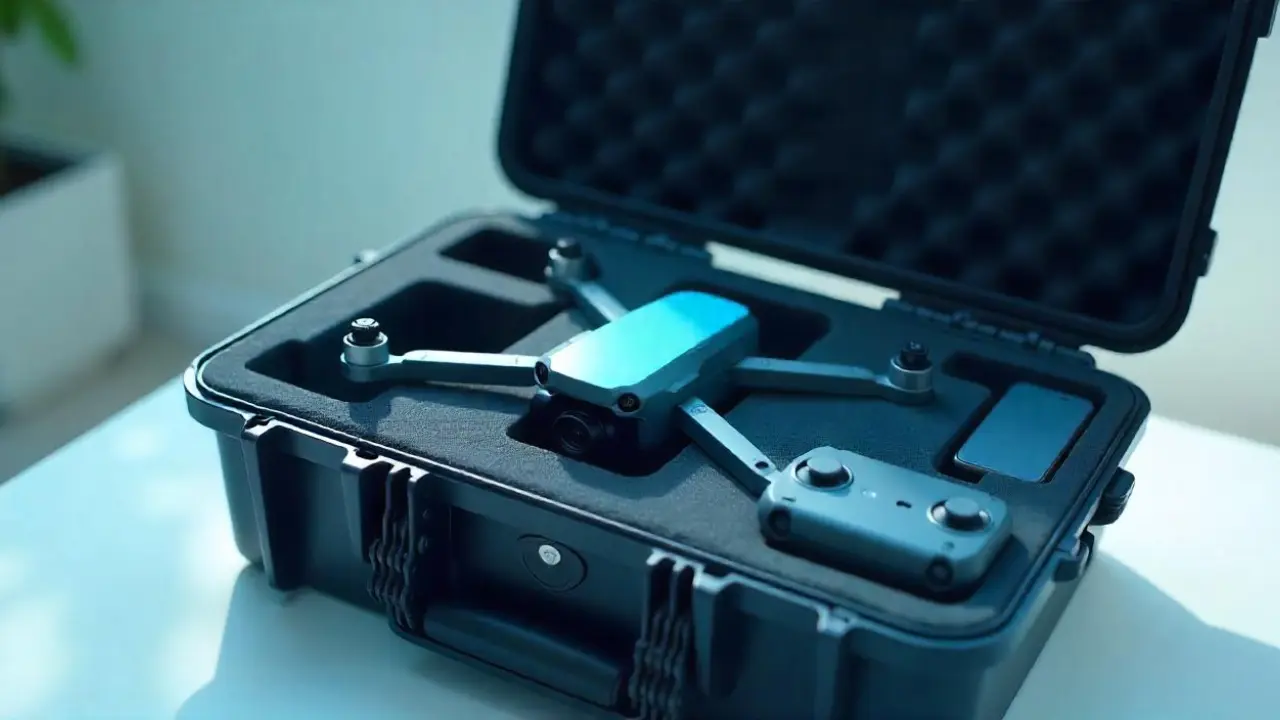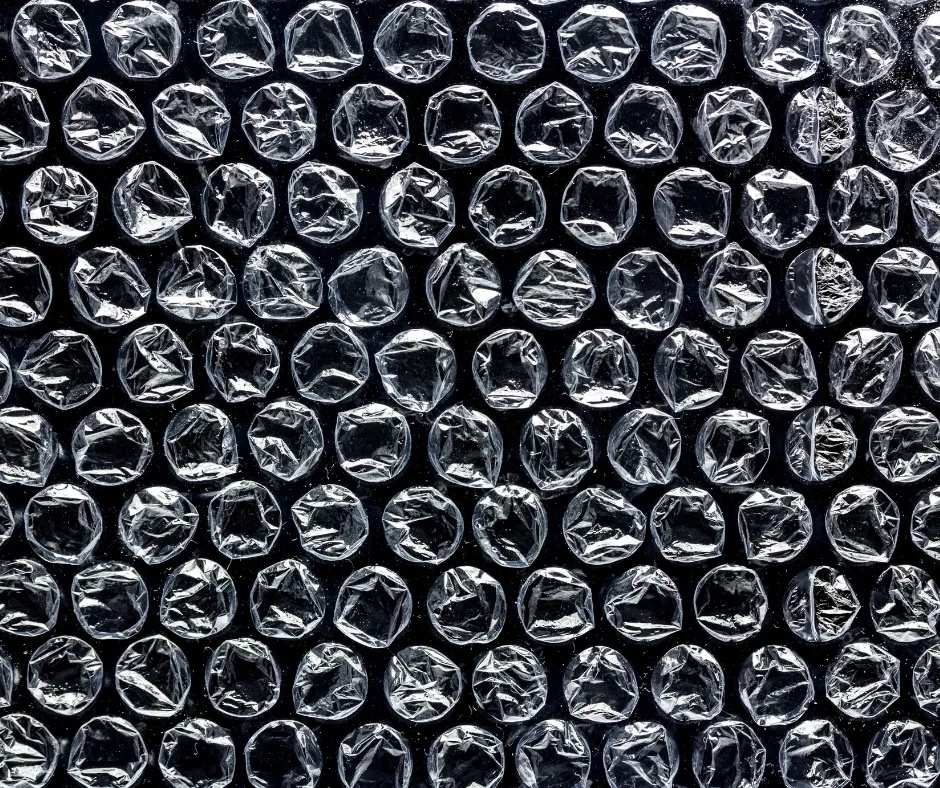Yes, custom foam inserts are affordable for small businesses. While some think they’re only for large companies with deep pockets, that’s no longer true. With today’s packaging technology and smarter supply options, small businesses can now enjoy cost-effective product protection without spending a fortune. If you run a small store, sell handmade items, or ship tools or electronics, custom foam inserts can protect your products, keep customers happy, and still fit your budget.
What Are Custom Foam Inserts and Why Should You Care?
Custom foam inserts are pieces of foam cut to match the shape of your products. You place them inside boxes, kits, or shipping cases to keep items safe and snug.
Why Use Custom Foam Inserts?
- They stop damage: Foam holds items in place, even during bumpy delivery.
- They look neat: The packaging looks clean and professional.
- They help with branding: Customers notice when a product arrives safely and well-packaged.
- They make unboxing better: Good packaging adds to the overall experience.
- They save money: Less damage means fewer returns and refunds.
Using protective packaging for small businesses isn’t just about safety — it’s about giving your customers a great first impression and keeping costs under control.

How Custom Foam Inserts Protect Products
Small businesses often ship products that are fragile or oddly shaped — like candles, glassware, tools, electronics, or skincare bottles. Foam inserts protect these items in transit by:
- Absorbing shock: So drops and bumps don’t break your items.
- Preventing movement: Items don’t slide around in the box.
- Cushioning edges: Corners and sharp parts stay covered.
If you’ve ever received a damaged product in flimsy packaging, you know how frustrating it feels. Your customers feel the same way. That’s why affordable packaging solutions like foam inserts matter.
Types of Foam Inserts for Small Business Budgets
There are several types of foam to choose from and each has different costs, features, and looks:
Polyurethane (PU) Foam
- Soft and flexible, PU foam easily cushions delicate products, reducing shock and vibration damage during transport while remaining lightweight and versatile for packaging.
- Great for lightweight or fragile items such as ornaments, electronics accessories, and cosmetics, providing superior protection without adding bulk to your packaging.
- Looks smooth and clean with a fine texture that enhances your product’s visual appeal, offering an aesthetically pleasing unboxing experience that customers will appreciate.
- Ideal for jewelry, soap, small bottles, candles or as it molds perfectly around odd shapes, ensuring both secure placement and attractive presentation inside boxes or cases.
Polyethylene (PE) Foam
- Denser and firmer than PU, PE foam offers exceptional impact resistance, making it perfect for industrial packaging where durability and product safety are key.
- Best for heavy or sharp items like tools, metal parts, or glass components, offering long-lasting structural support that absorbs pressure without crumbling.
- Works well for tools or electronics by preventing scratches, shifting, and breakage especially useful in carrying cases and high-end shipping containers.
- Often cheaper in bulk, PE foam gives businesses a cost-effective option for mass packaging needs without sacrificing quality or product security.
EVA Foam
- Strong and stylish, EVA foam combines the protective power of PE with an upscale appearance, ideal for brands that want durability and design in one package.
- Feels like rubber with a smooth yet grippy surface, giving it both flexibility and resilience—great for products that need a snug and secure hold.
- Adds a premium look to packaging with vibrant color options and precise die-cutting, making it a go-to for luxury brands or custom gift packaging.
- Perfect for gift sets or high-end items such as electronics, cosmetics, or collectibles where brand impression and unboxing experience are just as important as protection.
Choosing the Right Type
If your main concern is cost, PE foam is often the most budget-friendly packaging option, especially when ordered in bulk. PU foam is good for delicate things and looks nicer. EVA foam is strong and fancy but costs a bit more.
Cost Breakdown: How Much Do Custom Foam Inserts Cost?

Costs vary depending on:
- The foam type
- The size of the insert
- The number of pieces you order
- Whether the shape is simple or complex
How Small Businesses Can Afford Custom Foam Inserts
Let’s explore how you can keep things within budget:
Order in Bulk
Even ordering 100 to 200 pieces can bring your cost per insert down. Many suppliers offer low-cost custom foam inserts with lower minimum order quantities (MOQs).
Choose Simple Cuts
Complex shapes cost more. Ask your supplier about standard shapes or designs. Many products fit into basic rectangle or square cutouts and they work just fine.
Ask for Ready-Made Templates
Some companies already have templates for common items like wine bottles, candles, phone cases, or makeup kits. Using these saves on setup costs.
Bundle Packaging Orders
Buying boxes and foam inserts from one place? Ask for a discount. Suppliers often reduce costs when you bundle.
Use Local Suppliers
Shipping costs can be high. If you find a foam maker near you, you may save on delivery fees and get faster service.
Tips to Get the Best Price on Foam Inserts
- Request multiple quotes. Don’t go with the first vendor you find.
- Get samples. Test quality before buying a full batch.
- Ask about scrap foam. Some suppliers offer cheaper foam made from leftover cuts great for limited budgets.
- Negotiate. Suppliers often give discounts if you ask.
Extra Benefits of Custom Foam Inserts
- Reusable: Many customers keep the foam for storage or reuse it.
- Stackable: Foam keeps items in place, so boxes stack safely during transport.
- Custom branding: Some companies let you print your logo or brand name on the foam.
- Eco-options: Ask for recyclable or biodegradable foam choices.
Remember, custom foam inserts are not just about packaging they are an extension of your brand. Your customer sees it before they even touch your product.

Common Mistakes to Avoid
- Choosing the wrong foam type (too soft or too stiff)
- Ordering without testing a sample first
- Overpaying by not comparing suppliers
- Forgetting to consider shipping size and foam weight
Final Thoughts
So, can small businesses afford custom foam inserts? Absolutely, They help protect your products, cut down on returns, and give your packaging a professional touch all without costing too much. Whether you run a craft shop, a tech startup, or a beauty brand, Custom Foam Parts offers budget-friendly packaging options that won’t eat up your profits.
FAQs
What’s the best foam type for fragile items?
PU foam is soft and flexible — great for fragile items like glass, ceramics, or delicate electronics.
Is foam better than bubble wrap?
Yes, foam is custom-shaped to your product, so it offers better support and less movement during shipping.
Can I get just 50 foam inserts?
Yes, some suppliers allow small orders. The per-unit price may be higher, but it’s doable for small runs or testing.
How do I know which foam type to pick?
Ask your supplier. Describe your product’s size, weight, and material, and they’ll help you choose the right foam.
Are foam inserts eco-friendly?
Some are. Look for recyclable PE foam or biodegradable options if sustainability is important to your brand.

